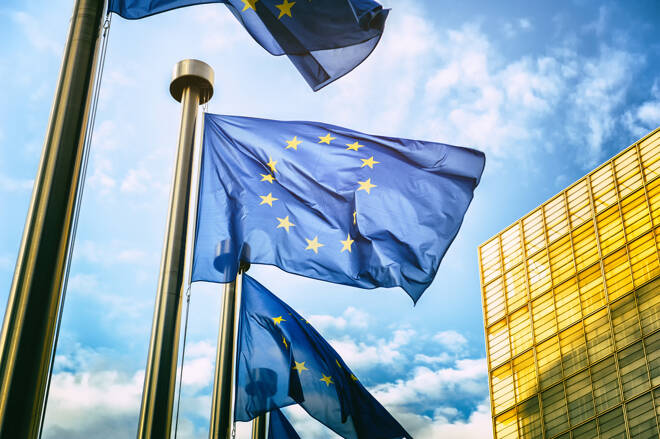Advertisement
Advertisement
EU Agrees on Ground-breaking Rules for Regulating Crypto Assets
By:
EU officials have agreed on the first comprehensive regulatory framework for digital assets in the region
Key Insights:
- MiCA is the first major regulatory framework for digital assets in the region.
- The new law protects consumers by requiring crypto issuers to keep bank-style reserves for stablecoins.
- MiCA legislation will come into force by the end of 2023.
Representatives from the European Parliament and EU have secured an agreement on landmark legislation to regulate crypto assets and service providers throughout the bloc’s 27 member nations.
The new law, known formally as Markets in Crypto-Assets (MiCA), is the first major regulatory framework for the cryptocurrency industry and is expected to introduce order into the “Wild West of crypto assets”, as emphasised by EU lawmaker Stefan Berger.
Ample Reserves
The MiCA law will come into force by the end of 2023 and includes a legislative package that sets up requirements for crypto issuers to publish a white paper in order to register with authorities. Crypto issuers are also mandated to keep bank-style reserves for stablecoins in the event of mass withdrawals.
This means that MiCA will protect consumers by requesting stablecoins issuers to build up a sufficiently liquid reserve, with a 1/1 ratio and partly in the form of deposits. Ultimately, the rules governing the operation of the reserve will provide an adequate minimum liquidity.
The legislation includes a cap on stablecoins that become too large, which can’t exceed 200 million euros of transactions per day.
In addition, stablecoins will be supervised by the European Banking Authority (EBA), with a presence of the issuer in the EU being a precondition for any issuance. The European Securities and Markets Authority (ESMA) will be given powers to restrict crypto platforms if they fail to protect investors or threaten market integrity.
A stablecoin is a digital currency that is pegged to reserve assets such as the U.S. dollar or gold. Where Bitcoin and Ethereum may rise and fall by the day, stablecoins are free from the volatility of non-pegged cryptocurrencies.
A Strong Framework
News of the agreement has been hailed by the European Commission’s Mairead McGuiness, especially as it will give issuers of crypto assets and providers of related services a “passport” to serve clients across the EU from a single base, while meeting capital and consumer protection rules.
MiCA will also address environmental concerns, with companies being mandated to disclose their energy consumption, as well as the impact of digital assets on the environment.
MiCA was originally put forward by the European Commission in September 2020 in an attempt to address concerns surrounding initial coin offerings (ICO).
Overall, the new law harmonises the regulatory approach across the EU, protects investors, preserves financial stability and fosters the attractiveness of the crypto asset sector.
This will bring more clarity into the European Union, as some member states already have national legislation for crypto assets in place, but so far there has been no specific regulatory framework created at the EU level. Also, the U.S. and Britain, two major crypto hubs, are yet to approve similar rules.
About the Author
Mohadesa Najumiauthor
Mohadesa Najumi is a British writer who has worked within crypto, forex, financial technology, and the stock market industry. Mohadesa received her MSc in Political Science and International Relations at the University of Amsterdam.
Advertisement
